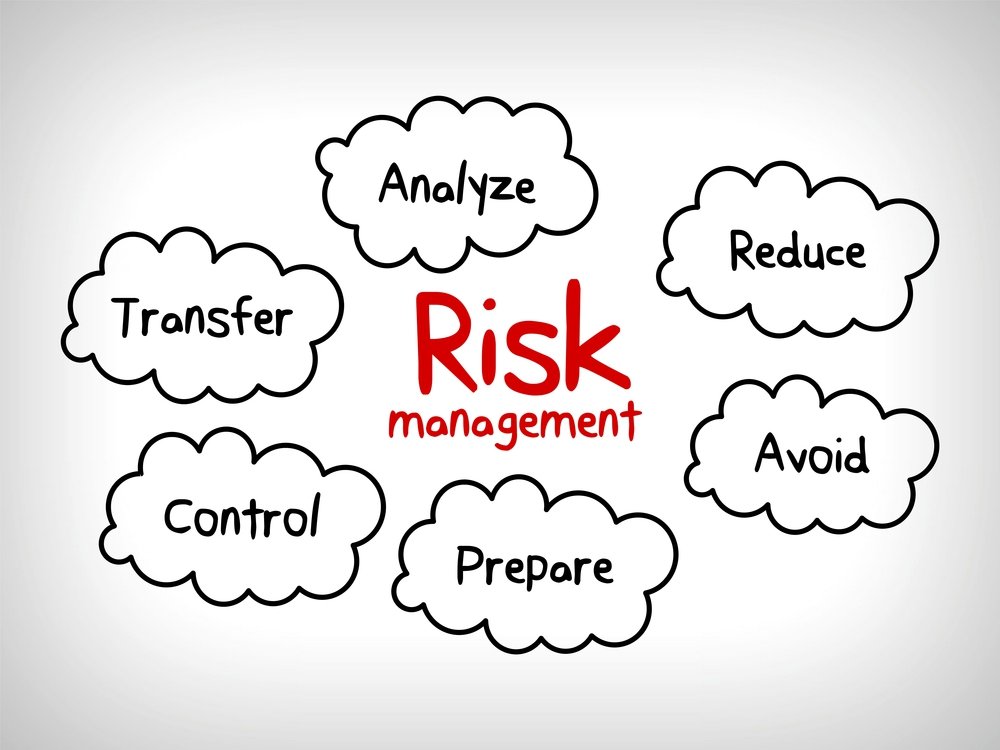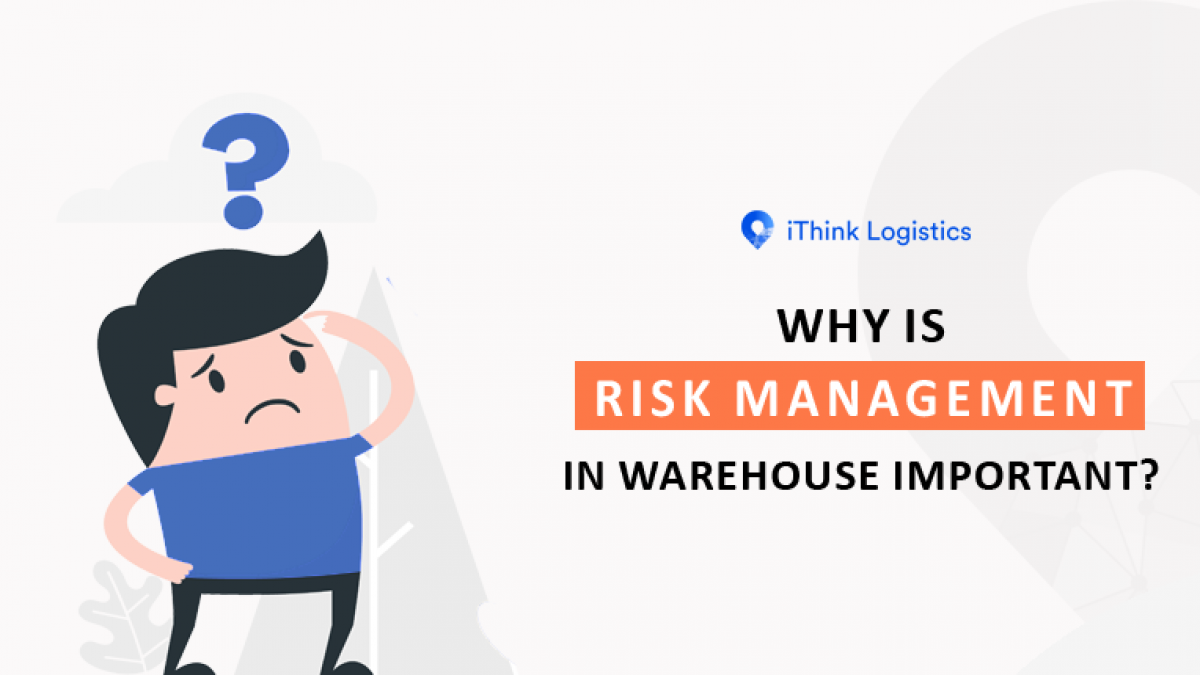The Vital Importance of Risk Management in Protecting Company Assets
The Vital Importance of Risk Management in Protecting Company Assets
Blog Article
Discovering the Significance of Risk Management for Effective Decision-Making Approaches
In the elaborate globe of company, Risk Management becomes a vital variable in the decision-making process. The capacity to determine possible risks and possibilities, and strategize appropriately, can lead to the difference between success and failure. With tools such as SWOT and PESTEL, companies are equipped to make educated selections, fostering strength and adaptability in an ever-changing environment. Wondering just how this works? Let's unbox the dynamics even more.
Recognizing the Concept of Risk Management
Risk Management, an essential component in decision-making, is usually misconstrued or oversimplified. Risk Management involves regimented and structured approaches, utilizing information and insightful assessments. From monetary uncertainties, legal liabilities, calculated Management errors, to crashes and natural calamities, it deals with numerous dangers - importance of risk management.
The Duty of Risk Management in Decision-Making Processes
In the world of tactical preparation and company procedures, Risk Management plays an integral function in decision-making procedures. It aids in recognizing potential hazards and uncertainties that might influence the achievement of service objectives. By tracing these dangers, firms can formulate methods to mitigate their effect, guaranteeing organization continuity and security. Risk Management thus ends up being a vital tool in decision-making, assisting leaders to make enlightened options based upon a thorough understanding of the risks included. It urges an aggressive approach, allowing organizations to prepare and prepare for for possible future scenarios. This substantially minimizes the chance of adverse effects, advertising extra effective and efficient decision-making strategies. Risk Management serves as a vital component in the decision-making procedures of any kind of company.

How Risk Management Improves Strategic Planning
In the context of strategic preparation, Risk Management plays a crucial function. Initiating with the recognition of prospective risks, it further encompasses the application of Risk reduction steps. The role of Risk Management is not fixed however vibrant, as it requires consistent surveillance and adjusting of approaches.
Determining Potential Dangers

Executing Risk Mitigation
Risk mitigation strategies can vary from Risk avoidance, Risk transfer, to take the chance of reduction. Each strategy ought to be customized to the certain Risk, considering its prospective effect and the company's Risk tolerance. Effective Risk reduction calls for a deep understanding of the Risk landscape and the prospective effect of each Risk.
Monitoring and Changing Methods
Though Risk reduction is a critical action in calculated preparation, constant tracking and modification of these methods is similarly essential. This ongoing process enables organizations to determine brand-new threats and reassess existing ones, making certain the executed approaches remain efficient in the ever-changing company setting. It also gives an opportunity to evaluate the success of the Risk Management measures, allowing changes to be made where essential, further improving critical planning. Effective tracking and change require using analytics and vital performance indicators (KPIs) to determine efficiency. These devices provide important data-driven insights that can notify critical decision-making. Surveillance and readjusting Risk Management great site techniques is an important part for boosting a company's strength and critical preparation.
Case Studies: Successful Risk Management and Decision-Making
In the globe of business and finance, successful Risk Management and decision-making often act as the columns of flourishing enterprises. One such entity is a multinational oil business that alleviated financial loss by hedging versus fluctuating oil prices. In another instance, a tech startup prospered by recognizing and approving high-risk, high-reward methods in an unpredictable market. An international financial institution, confronted with regulative unpredictabilities, successfully navigated the circumstance through proactive Risk analysis and vibrant decision-making. These instances highlight the value of astute Risk Management in decision-making procedures. It is not the lack of Risk, but the Management of it, that frequently distinguishes effective business from unsuccessful ones. These cases underscore the crucial function of Risk Management in calculated decision-making. importance of risk management.
Tools and Techniques for Efficient Risk Management
These tools, such as Risk signs up and heat maps, aid in recognizing and analyzing prospective risks. Risk reaction methods, a crucial component of Risk Management, entail approving, preventing, moving, or mitigating dangers. With these techniques and tools, decision-makers can navigate the facility landscape of Risk Management, consequently promoting informed and efficient decision-making.
Future Patterns in Risk Management and Decision-Making Approaches
As we check out the huge landscape of Risk Management, it comes to be noticeable that the devices and techniques used today will certainly remain to progress. Future patterns aim towards a boosted dependence on modern technology, with synthetic intelligence and artificial intelligence playing considerable roles. These innovations will make it possible for companies to forecast possible dangers with greater precision and make more enlightened choices. Additionally, there will certainly be a growing emphasis on resilience, not simply in managing threats however also in recuperating from damaging circumstances. Lastly, the idea of Risk society, where every member of a company realizes and entailed in Risk Management, will get much more prestige. These trends advertise an even more positive and comprehensive method in the direction of Risk Management and decision-making.
Final thought

Risk Management hence comes to be a vital device in decision-making, assisting leaders to make informed options based on a thorough understanding of the threats entailed. Risk reduction methods can range from Risk evasion, Risk transfer, to risk decrease (importance of risk management). Reliable Risk reduction calls for a deep understanding of i loved this the Risk landscape and the potential influence of each Risk. Risk action strategies, an essential element of Risk Management, involve accepting, staying clear of, moving, or mitigating risks. The idea of Risk culture, where every member of an organization is mindful and included in Risk Management, will acquire a lot more importance
Report this page